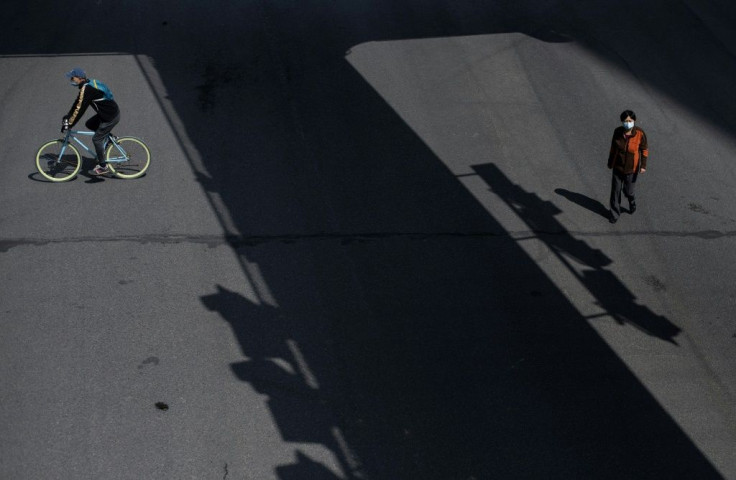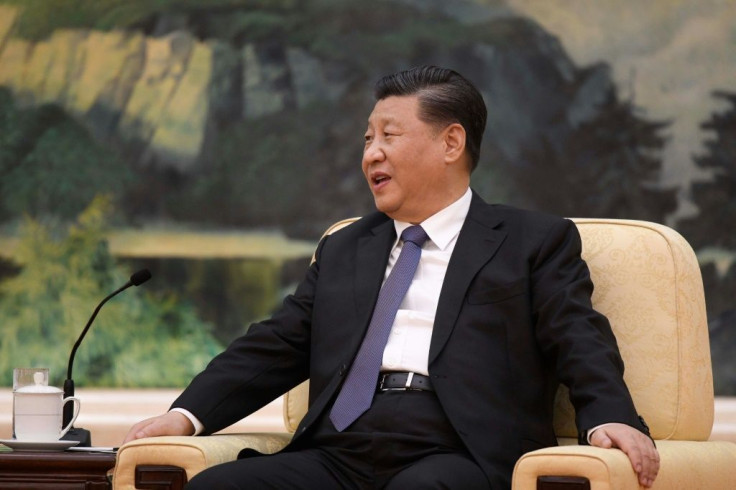Coronavirus Job Losses Threaten To Burst China's $1 Trillion Consumer Debt Bubble
KEY POINTS
- 5 million Chinese lost their jobs in the pandemic in first two months of the year
- Net balance of consumer loans plunged by a quarter in first two months of this year
- A wave of delinquencies are set to test the resilience of Chinese lenders
A retail debt bubble that is threatening to burst because of defaults triggered by job losses will be the Chinese economy’s next major worry even if the country quickly bridles the second wave of coronavirus infections. The mounting job losses could unravel a decade of rapid economic expansion fueled by deficit spending through debt.
China's net balance of consumer loans plunged by a quarter in the first two months of this year to 7.4 trillion yuan ($1 trillion), according to data released by the People’s Bank of China. These loans include short-term and credit-card loans from banks and online lenders. The situation is so bad that some microlenders are staring at 20 cents on a dollar in bad loans, the report said.
The epidemic has hurt new credit and the ability to service older ones, the South China Morning Post has reported. A wave of delinquencies will test the resilience of Chinese lenders this year at a time when the economy is passing through its worst phase since the 1976 Cultural Revolution.

“The next one to two months will be the most difficult time for China’s consumer finance industry since its formation,” the report quotes Xu Xiang, a researcher who specializes in consumer finance at Tsinghua University’s Institute for China’s Economic Practice and Thinking in Beijing. “The non-performing loan (NPL) ratio will rise in the second and third quarters and cause a significant impact on consumer credit firms,” Xu said.
About 5 million Chinese lost their jobs to the outbreak of the new coronavirus in the first two months of this year, the National Bureau of Statistics said. According to the bureau, the urban unemployment rate jumped in February to 6.2%, its highest on record. That’s up from 5.3% in January and 5.2% in December, 2019.
“It’s pretty meaningful, as over 5 million more workers lost (a) job in the past two months,” Larry Hu, chief China economist at Macquarie, said, according to a report in CNBC.
About 442.47 million Chinese were employed in urban areas as of the end of last year, government data show.
The credit slump represents “the first major consumer credit down-cycle” in the sector when an estimated 53 million people are still out of offices and factories at the end of March, an analysis by Bruce Pang at China Renaissance showed.

Another report by Trading Economics showed that even before the coronavirus struck, the unemployment rate in China was steadily increasing through the second half of last year, with the country having lost up to 3.62% of jobs in the fourth quarter of 2019, after losing 3.61% jobs in the previous quarter.
The situation has forced the lenders to become more cautious in granting loans, setting off a vicious cycle of the credit squeeze and economic downturn as borrowers face trouble refinancing their debts.
The South China Morning Post reported that the New York-listed online microlender Qudian has said a key delinquency rate surged to over 20% in March, from 13% in the preceding quarter.
© Copyright IBTimes 2024. All rights reserved.




















